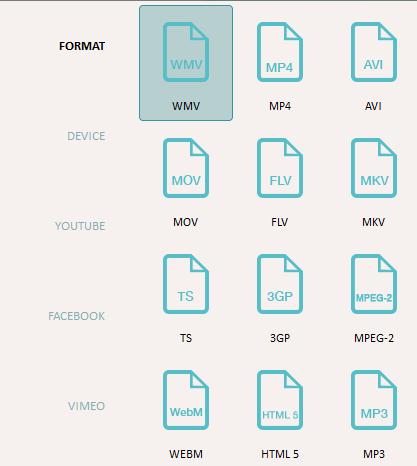
ADOBE FINAL CUT PRO INSERT FULL
Ps/ A Video Editor I know has switched from FCPX and Premiere Pro to using Davinci Resolve full stop, the latest version allows for state of the art video editing as well as color grading and he now swears by it. I am about to try this trick myself, fingers crossed this will save everyone here some time and ensure we all end up with the best Final Render Quality. Now jump back into FCPX and go to File>Import>XML Now select all the clips you want to send to Final Cut Pro and hit Start Render. In the drop down menu Select Final Cut Pro XML Round Trip. Once inside Resolve go to Session>Export. In Premiere go to File>Export>AAF, choose a name, and click Save. This workflow includes using Davinci Resolve Lite (it’s free, best grading tool on the market and can act as a conversion tool in this case)
ADOBE FINAL CUT PRO INSERT HOW TO
Ok I found out how to go between Premiere Pro and FCPX without having to export a ProRes 422 file. So if you’re interested be sure to click here to learn more. In my recently released Guide To Capturing Cinematic Images With Your DSLR, I go into detail on compression, workflows, color grading and more (amongst lots of camera/lighting tips). I really like what Adobe is trying to do with Premiere, and it does have such a great feature set, but unfortunately I don’t find that all of the features work as well as they could… I’m sure as time goes on this will be perfected, but for now I am sticking with FCP X whenever I can! In a lot of ways this is fairly representative of my experience with Premiere Pro as a whole. In fact I even did another output test later on with Premiere Pro set to 20,000 kbps and FCP X only set to 10,000 kbps and still the FCP X image was noticeably higher quality, so clearly something is up. The image from Premiere is so much blockier, less detailed, and muddy looking, not to mention that the colors aren’t at all accurate.

The top is FCP X and the bottom is Premiere Pro:Īfter seeing this I can confidently say that I will not be compressing to H.264 using Premiere Pro or Adobe Media Encoder any more.

To show you the difference more definitively, take a look at these screen grabs which have been blown up to 400% so you can see how different the compression actually is. And clearly the Premiere Pro image has a more of a reddish tinge to it that is inconsistent with my color job. The compression artifacts aren’t as noticeable when you’re looking at a still (as opposed to the video file) but they are obviously there. The top image is from FCP X and the bottom is from Premiere Pro (click to enlarge): Often I will use a higher setting (up to 20,000 kbps), but there are many times especially on longer format projects that I need to keep the bit rate down so it can be shared online, so I kept the settings for this test at 10,000 kbps. Both FCP X and Premiere Pro were set to output a high quality H.264 file at 10,000 kbps. I really wanted to share some screen grabs from this test on my blog so that some of you can see exactly what’s going on here. I ran this same test again using Compressor and Adobe Media Encoder and had the exact same results. So I went back to FCP X and did an output using the exact same settings and there was absolutely no question that the FCP X output looked far better. I even went back and re-exported the file to make sure that all my settings were in place – including checking off ‘Use Maximum Render Quality’, but still I had the same poor results. It was blocky, over compressed, and even the colors seemed a bit off.

On a recent project of mine though, I noticed that when using my standard H.264 settings in Adobe Premiere Pro the result of the final product didn’t look quite right.

This was especially true up until one of the more recent FCP X updates which seemed to have improved the render and output performance noticeably… But nonetheless because of this difference in speed I got into a habit of compressing my long format video files with Premiere or Adobe Media Encoder (even if I was cutting in FCP X), simply because it was faster. While my preference for straight up editing has largely leaned towards FCP X, I also use Premiere Pro all the time which led me to notice that exports from Premiere Pro generally seemed to be faster than exports from FCP X. Like many filmmakers today, I use a number of different NLE’s and post tools on a daily basis as every project has different needs and requirements. There have been certain settings that have worked really well for me over the years with regards to H.264 compression, but it wasn’t until this year that I noticed a staggering difference in the final quality of the files that I would output from Premiere Pro as opposed to FCP X. I’ve always been really picky when it comes to compressing my video files (especially for web), because the image quality of the final product can be made or broken at this stage.


 0 kommentar(er)
0 kommentar(er)
